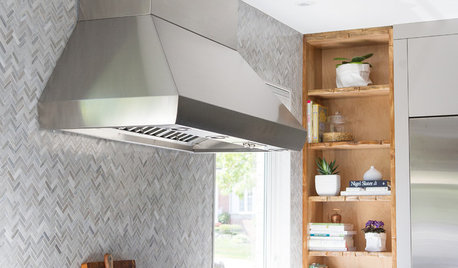How long to come to pressure?
mabeldingeldine_gw
14 years ago
Featured Answer
Sort by:Oldest
Comments (25)
digdirt2
14 years agoRelated Professionals
Windham Landscape Architects & Landscape Designers · Southfield Landscape Architects & Landscape Designers · Wareham Landscape Architects & Landscape Designers · Medford Landscape Contractors · Arlington Landscape Contractors · Bedford Heights Landscape Contractors · Bedford Landscape Contractors · Cerritos Landscape Contractors · Dallas Landscape Contractors · Gainesville Landscape Contractors · Mission Bend Landscape Contractors · Casselberry Landscape Contractors · Vista Park Roofing & Gutters · Colonia Roofing & Gutters · Dearborn Driveway Installation & MaintenanceLinda_Lou
14 years agomabeldingeldine_gw
14 years agodigdirt2
14 years agomabeldingeldine_gw
14 years agomedcave
14 years agodetailaddict
5 years agodigdirt2
5 years agomorz8 - Washington Coast
5 years agodetailaddict
5 years agodigdirt2
5 years agomorz8 - Washington Coast
5 years agodetailaddict
5 years agodetailaddict
5 years agodigdirt2
5 years agodetailaddict
5 years agodetailaddict
5 years agodigdirt2
5 years agoCindy Carter Moles
5 years agodigdirt2
5 years agoCindy Carter Moles
5 years agodetailaddict
5 years agoHU-727091098
5 years agodigdirt2
5 years ago
Related Stories

MOST POPULAROvernight Guests Coming? How to Be a Great Host
Ensure a good time for all — including yourself — by following these steps for preparing for and hosting houseguests
Full Story
KITCHEN DESIGNKitchen of the Week: Function and Flow Come First
A designer helps a passionate cook and her family plan out every detail for cooking, storage and gathering
Full Story
HOUZZ TVHouzz TV: First Comes Love, Then Comes a Wildly Colorful Mosaic Home
This couple spent two decades covering their home inside and out with brightly colored mosaic tile, vibrant paint, small toys and more
Full Story
KITCHEN ISLANDSWhat to Consider With an Extra-Long Kitchen Island
More prep, seating and storage space? Check. But you’ll need to factor in traffic flow, seams and more when designing a long island
Full Story
DECORATING GUIDESImproving a Rental: Great Ideas for the Short and Long Haul
Don't settle for bland or blech just because you rent. Make your home feel more like you with these improvements from minor to major
Full Story
GARDENING AND LANDSCAPINGEnjoy Your Pool Long Past Labor Day
Don't give your pool and patio the cold shoulder just because the air is chillier. New accessories can help foster a warm relationship
Full Story
MORE ROOMSLong, Cold Winter Days—Bring 'em On!
13 Inspiring Ways to Make Good Use of Nesting Season
Full Story
ECLECTIC HOMESHouzz Tour: A Toronto Home Comes Back From the Brink
Not even squatters deterred an interior designer from turning an abandoned 4-bedroom into a chic, unique home
Full Story
SHOP HOUZZShop Houzz: Here Comes the Sun
Sunburst decor, textiles and furnishings to warm up your space
Full Story0

HOME TECHComing Soon: Furniture That Charges Your Phone
Countertops, tables and home appliances with wireless charging capability mean less clutter — and zero effort powering your phone
Full Story





mabeldingeldine_gwOriginal Author